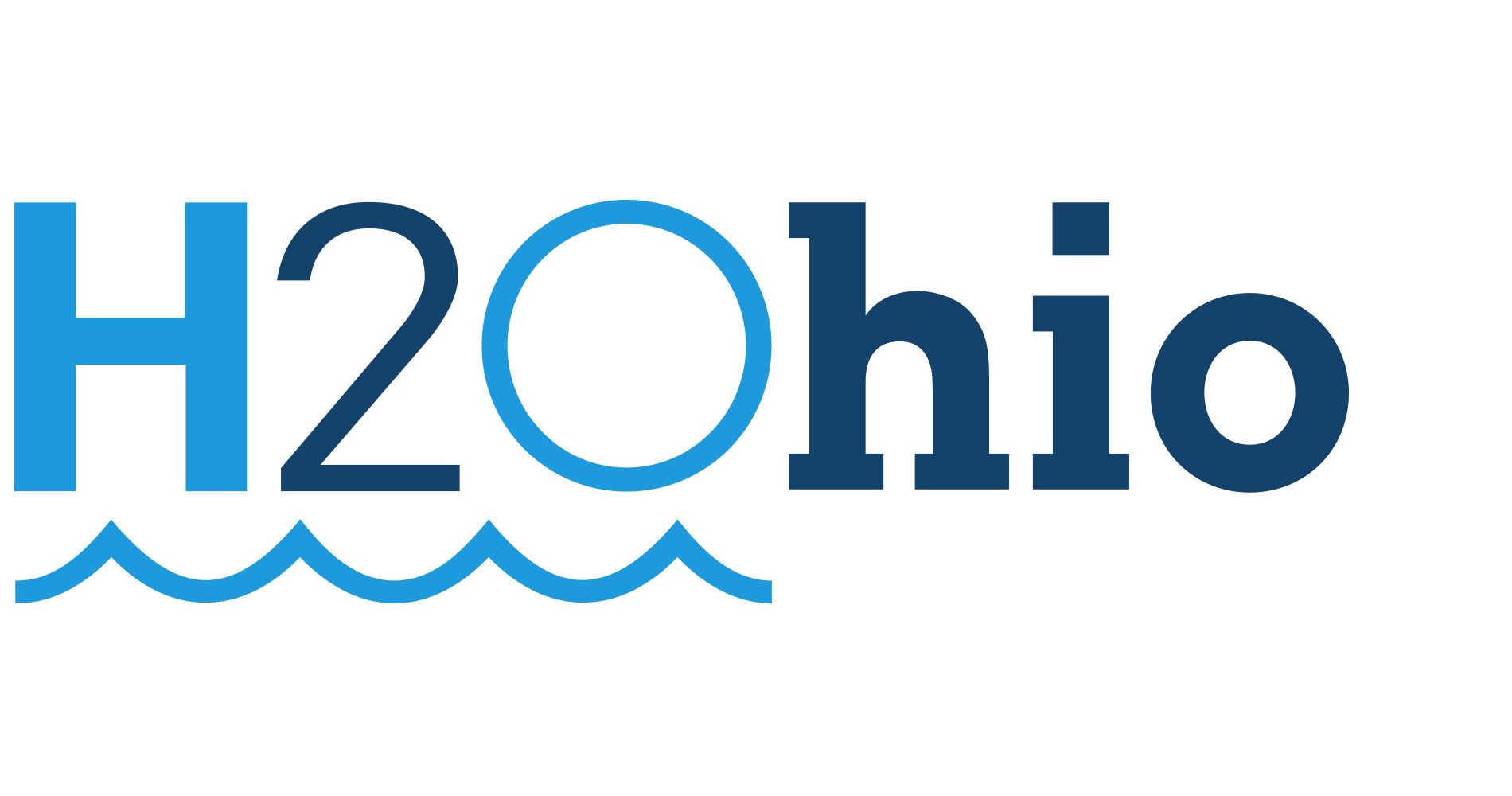.
Ohio
Regional goals for the Great Lakes
Through Blue Accounting, experts collaborate to track progress toward shared goals for key issues affecting the Great Lakes. Below is what we are currently tracking for Ohio.
(target met in 1 of 10 years)
Progress is reported by metric
in development
in development
Additional information about Ohio
 The state of Ohio has taken a collaborative and data-driven approach to improving water quality all across the state. The Ohio Lake Erie Commission coordinates with the Ohio Department of Natural Resources, the Ohio Department of Agriculture, and the Ohio EPA as lead agencies for Governor Mike DeWine’s H2Ohio initiative. Each Department, while working together, performs specific actions to work toward the ultimate goal of clean drinking water in Ohio.
The state of Ohio has taken a collaborative and data-driven approach to improving water quality all across the state. The Ohio Lake Erie Commission coordinates with the Ohio Department of Natural Resources, the Ohio Department of Agriculture, and the Ohio EPA as lead agencies for Governor Mike DeWine’s H2Ohio initiative. Each Department, while working together, performs specific actions to work toward the ultimate goal of clean drinking water in Ohio.
The Ohio Department of Agriculture (ODA) worked with local Soil and Water Conservation Districts to enroll farmers in the most cost-effective best management practices (BMPs) for farmers. The Ohio Department of Natural Resources (ODNR) works to design, construct, and restore wetlands around the state, primarily where algal blooms are prevalent. The Ohio EPA invests in drinking and wastewater infrastructure work, targeting disadvantaged communities.
The initiative is entering its third year and continues to grow. You can read more about the work being done in Ohio at h2.ohio.gov.
Monitoring
H2Ohio progress and success is monitored by each department in different ways.
Ohio Department of Agriculture – ODA is working with researchers, scientists, and water quality professionals to model and monitor the phosphorus load reductions obtained through the practice implementation efforts of H2Ohio. Initially, this information will be based on edge of field monitoring data that will be utilized in models to project load reductions throughout the watershed. These models will be compared to stream water quality monitoring data that is currently being measured.
Ohio Department of Natural Resources – ODNR has enlisted the Lake Erie and Aquatic Research Network (LEARN) as a partner in the wetland monitoring plan. The Lake Erie and Aquatic Research Network (LEARN) is a group of field stations, scientific laboratories and diverse researchers within Ohio working together to promote collaborative research, education, and networking to address the challenges and opportunities facing Ohio’s freshwater resources. The group assesses the effectiveness and future role of implemented and planned wetland restoration projects under the H2Ohio Initiative.
Ohio Environmental Protection Agency – Ohio’s communities rely on clean drinking water and wastewater infrastructure to protect public health; however, some people still don’t have access to good, quality drinking water or sewer systems. H2Ohio is helping ensure clean water by funding water infrastructure projects in disadvantaged communities to provide safe drinking water and sewer services; fixing or replacing hundreds of failing home sewage treatment systems in low-income areas; replacing lead pipes and fixtures at high-risk daycares and schools; increasing water quality monitoring across the state.
Additionally, as part of Ohio EPA’s H2Ohio Technology Assessment Program (H2Ohio TAP), the Agency identified ten emerging technologies that could play an important role in the reduction of harmful algal blooms (HABs) in Lake Erie. H2Ohio TAP has completed an initial screening of technology proposals, and that have been submitted to a third-party technical team with experience in environmental technologies. This team will complete a more in-depth evaluation of efficacy and scalability of the proposed technologies in addressing HABs and nutrients, particularly in Lake Erie.
What we do
Blue Accounting is an information service to track the region’s progress toward shared goals for the Great Lakes. Maintained by the Great Lakes Commission, the information developed by Blue Accounting helps elected officials make sure that policies and programs are effective at protecting the largest fresh surface water system on earth.
What we measure
The Great Lakes Commission’s Blue Accounting team works with experts to identify goals and methods to track progress on key Great Lakes issues. Currently, Blue Accounting is tracking progress on protecting the region from aquatic invasive species and keeping phosphorus out of Lake Erie.
